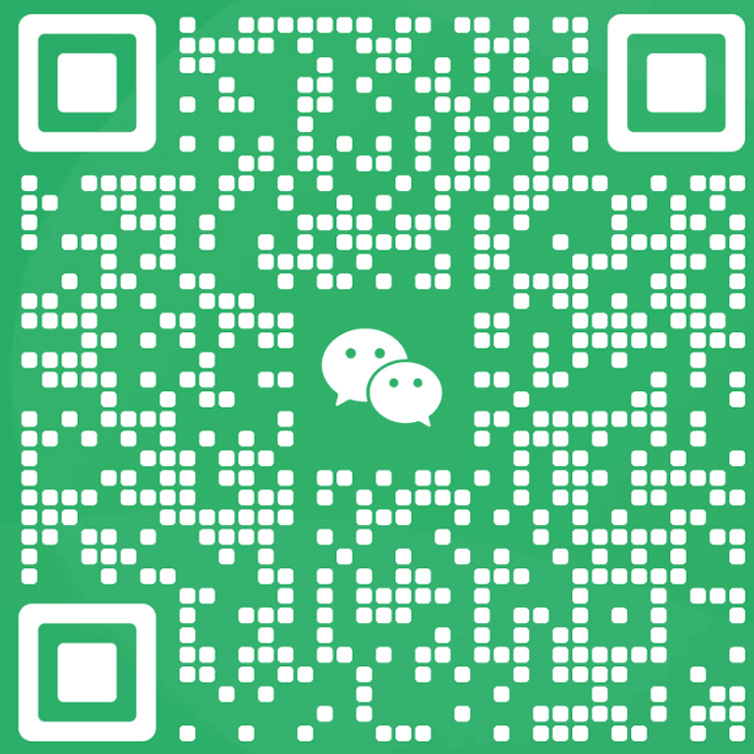福禄克NEXT近端串扰铜缆检测
Fluke NEXT近端串扰铜缆检测,文章来源于福禄克,首先,我们给大家举个例子有助于大家好理解一下串扰显现,当我们在接听拨打座机时,这时旁边的手机响了,我们会发现座机里会出现非常大的滋滋噪声,这就是手机的信号进到座机的线缆中被话筒所接收到,听到的滋滋声的噪声就是一种串扰噪声。我们现在使用的双绞线的双绞结构本身目的就是降低线缆收到串扰噪声的影响。双绞线的串扰就是其中一个线对被相邻的线对的信号串进来所干扰就是串扰。串扰本身是消除不了的,但只要控制在标准所要求以内就不会对网络传输产生大的影响。Fluke NEXT near-end crosstalk copper cable detection, article from Fluke, first of all, we give you an example to help you understand the crosstalk manifest, when we are answering the dialing landline, this time next to the cell phone rings, we will find that the landline will be a very large nuisance noise, which is the cell phone's signal into the landline cable is received by the microphone, hear the nuisance of noise! is a crosstalk noise. We are now using the twisted pair of twisted-pair cable structure itself is to reduce the cable to receive the impact of crosstalk noise. The crosstalk of twisted pair cable is one of the pairs of neighboring pairs of signals strung in the interference is crosstalk. Crosstalk itself can not be eliminated, but as long as it is controlled within the standard requirements will not have a major impact on network transmission.

我们通过上图可以看到左边正常发送信号,当信号在传送中有部分信号泄露出来,到了相邻的线对中这对于相邻线对来说,就是干扰信号,干扰信号会分别向两个方向进行传输,传输到主端设备的干扰信号,叫做NEXT近端串扰;传输到远端设备的干扰信号,叫做FEXT远端串扰。串扰是双绞线在传输信号时是多发的一种干扰。串扰本身类似噪声干扰,串扰的出现会对我们线缆中传输的正常信号会产生非常大的影响,破坏原来正常传输的信号同时也会被错误识别成其他信号,会造成信号出现异常,比如会出现误码、丢包或者乱序、重传等现象。造成网络间歇性时断时续、网络速度比较慢故障。串扰导致故障占到网络故障的大约30%。串扰指标不合格大多数是因为线缆本身的质量问题,或者是施工中安装工艺不达标造成的,一般多发在线缆的两端模块位置。近端串扰(NEXT)近端串扰损耗(NEXT)一条链路中,处于线缆一侧的某发送线对对于同侧的其他相邻(接收)线对通过电磁感应所造成的信号耦合,即近端串扰。定义近端串扰值(dB)和导致该串扰的发送信号(参考值定为0dB)之差值(dB)为近端串扰损耗。越大的NEXT值近端串扰损耗越大。只有在40米内测量的得到的NEXT才是叫真实的。如果另一端是远于40的信息插座,虽然它会产生一定程度的串音,但测试仪可能无法测量到这个串音值。因此最好在两端都进行NEXT测量。测试仪都配有相应功能,可以在链路一段就可能测量出两端的NEXT值。
We can see through the figure above the left side of the normal transmission of signals, when the signal in the transmission of some of the signals leaked out to the neighboring pairs of wires which for the neighboring pairs of wires, that is, the interference signal, the interference signal will be transmitted in two directions, respectively, the transmission of interference signals to the main end of the device is called NEXT near-end crosstalk; transmission to the far end of the device is called FEXT crosstalk far-end crosstalk. Crosstalk is a twisted pair in the transmission of signals is more than one kind of interference. Crosstalk itself is similar to noise interference, crosstalk will appear on our cable transmission of normal signals will have a very large impact, the destruction of the original normal transmission of the signal will also be incorrectly recognized as other signals, will cause the signal abnormalities, such as the occurrence of error codes, packet loss or disorder, retransmission and other phenomena. Resulting in intermittent network intermittent, slow network failure. Crosstalk failure accounts for about 30% of network failures. Most of the crosstalk indicators failed because of the quality of the cable itself, or the construction of the installation process is not up to standard caused by the general occurrence of the cable at both ends of the module position.Near-end crosstalk (NEXT) Near-end crosstalk loss (NEXT) in a link, on one side of the cable, a transmitting pair for the same side of the other neighboring (receiving) pairs of signals caused by electromagnetic induction coupling, i.e., near-end crosstalk. Define the near-end crosstalk value (dB) and the crosstalk caused by the transmission signal (reference value set to 0 dB) of the difference (dB) for the near-end crosstalk loss. The larger the NEXT value the higher the near-end crosstalk loss. The NEXT is only true if it is measured within 40 meters. If the other end is farther than 40 information socket, although it will produce a certain degree of crosstalk, but the tester may not be able to measure this crosstalk value. Therefore it is best to make NEXT measurements at both ends. The testers are equipped with features that make it possible to potentially measure the NEXT value at both ends on one segment of the link.
深圳银飞有售福禄克NEXT近端串扰铜缆检测仪
We can see through the figure above the left side of the normal transmission of signals, when the signal in the transmission of some of the signals leaked out to the neighboring pairs of wires which for the neighboring pairs of wires, that is, the interference signal, the interference signal will be transmitted in two directions, respectively, the transmission of interference signals to the main end of the device is called NEXT near-end crosstalk; transmission to the far end of the device is called FEXT crosstalk far-end crosstalk. Crosstalk is a twisted pair in the transmission of signals is more than one kind of interference. Crosstalk itself is similar to noise interference, crosstalk will appear on our cable transmission of normal signals will have a very large impact, the destruction of the original normal transmission of the signal will also be incorrectly recognized as other signals, will cause the signal abnormalities, such as the occurrence of error codes, packet loss or disorder, retransmission and other phenomena. Resulting in intermittent network intermittent, slow network failure. Crosstalk failure accounts for about 30% of network failures. Most of the crosstalk indicators failed because of the quality of the cable itself, or the construction of the installation process is not up to standard caused by the general occurrence of the cable at both ends of the module position.Near-end crosstalk (NEXT) Near-end crosstalk loss (NEXT) in a link, on one side of the cable, a transmitting pair for the same side of the other neighboring (receiving) pairs of signals caused by electromagnetic induction coupling, i.e., near-end crosstalk. Define the near-end crosstalk value (dB) and the crosstalk caused by the transmission signal (reference value set to 0 dB) of the difference (dB) for the near-end crosstalk loss. The larger the NEXT value the higher the near-end crosstalk loss. The NEXT is only true if it is measured within 40 meters. If the other end is farther than 40 information socket, although it will produce a certain degree of crosstalk, but the tester may not be able to measure this crosstalk value. Therefore it is best to make NEXT measurements at both ends. The testers are equipped with features that make it possible to potentially measure the NEXT value at both ends on one segment of the link.
深圳银飞有售福禄克NEXT近端串扰铜缆检测仪



